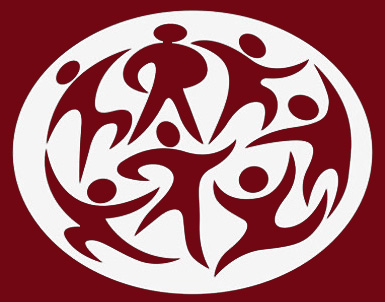QUESTION: What do you need to think outside the box?
ANSWER: To know what box you’re thinking inside of.
That’s right. We often don’t know “the box” we’re thinking inside of. That’s why it’s hard to think outside of it.
In our work on “trust,” we encounter this all the time.
When participants in our workshop talked about “trust,” each had a different perception of it.

We found that there wasn’t an absence of “trust” as much as there was no shared concept of it. No one was talking about the same thing.
In our book, Making Trust Happen! How to Think and Talk about Trust & Create and Experience It, we developed for our fellow organizational development practitioners a “trust glossary” to overcome the “definitional barrier.”

Based on our glossary, we suggest that in a “trust conversation,” you eliminate using the term “trust.” Instead, state the dimension of trust you’re coming from.
In the place of “trust,” use trusting, trustworthiness, trust relationships, trust structure, self-awareness trust, or systemic trust.
In the “trust conversation,” apply our 4 E’s – Explain, Examine, Engage, and Expand

See our book, see the section of “Trust Inquiries.”
Throughout several workshops with participants, together, you can deconstruct and construct the prevailing “trust boxes,” and you can explore how each dimension interacts.

What will be the workshop’s “take-aways?” First, the “whole of trust” is greater than the sum of its parts.

Second, everyone will be able to “make trust happen.”
And, when “trust happens, ease of being will pervade them and their organization.

